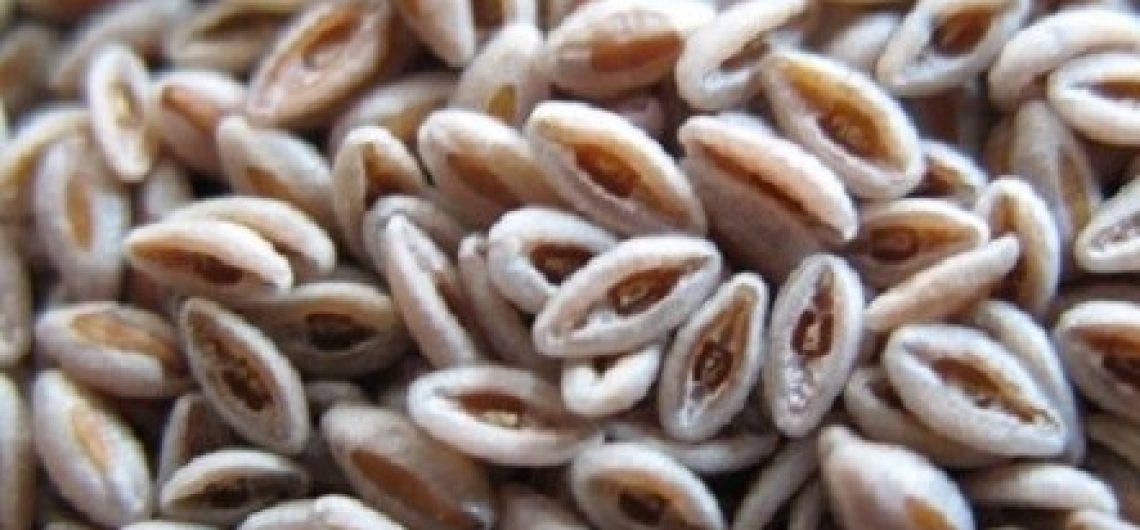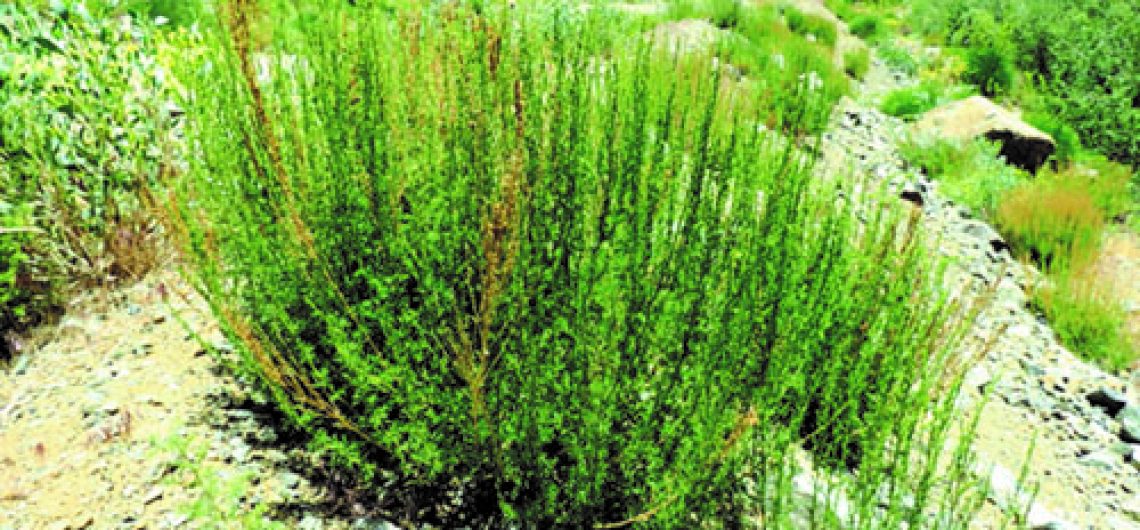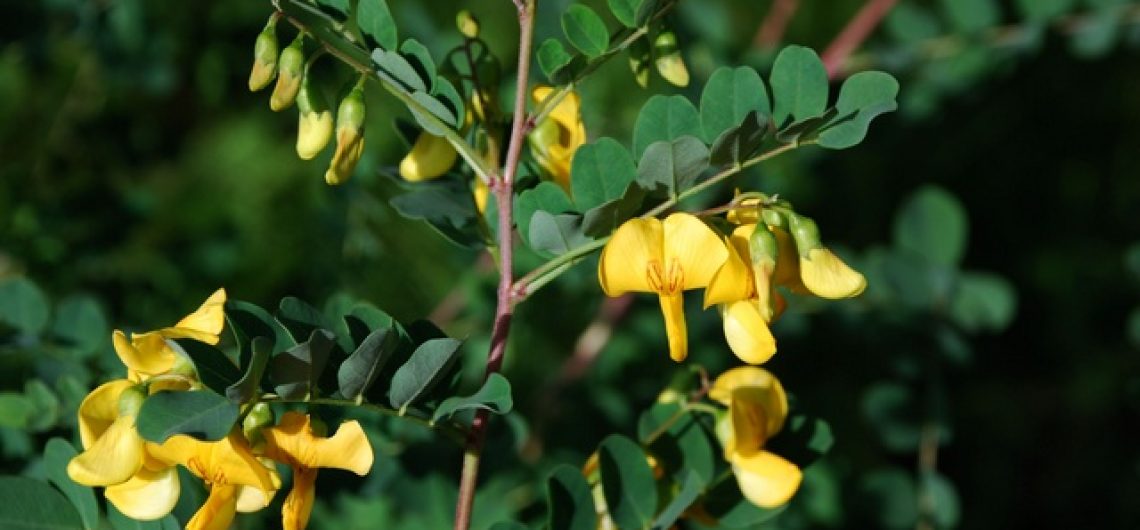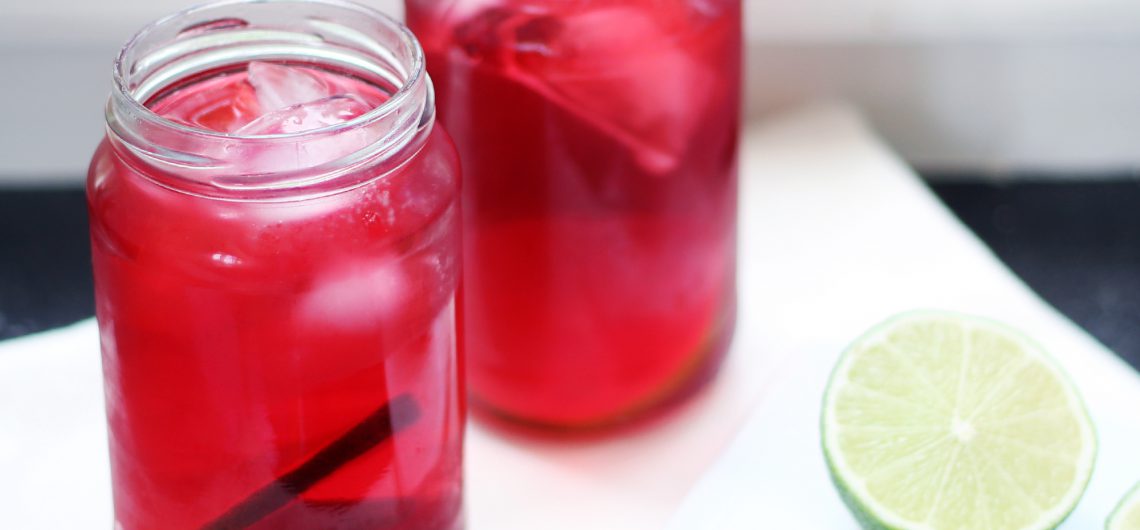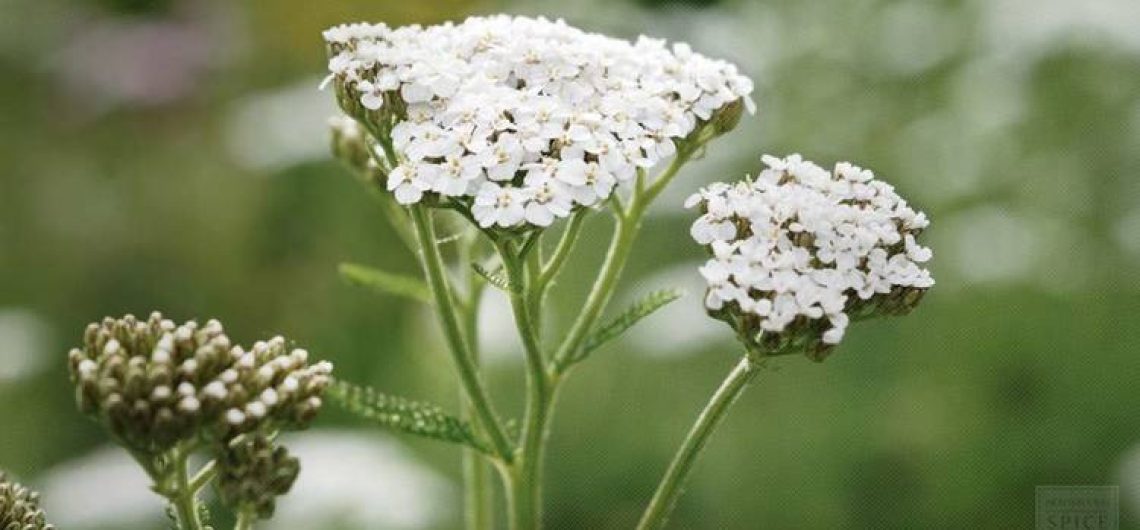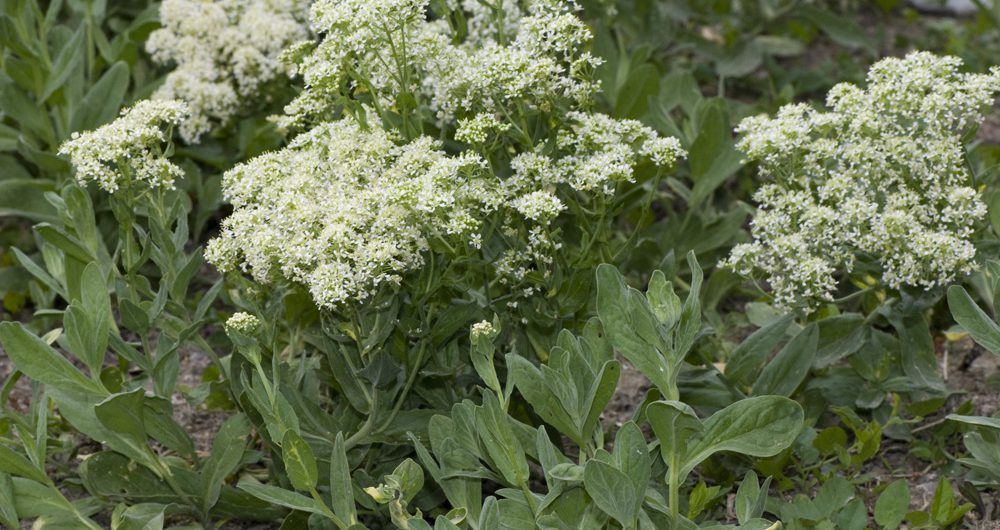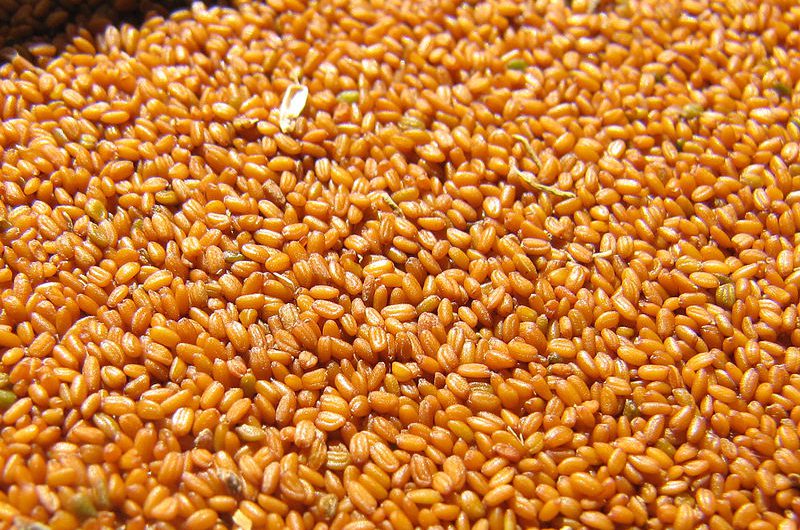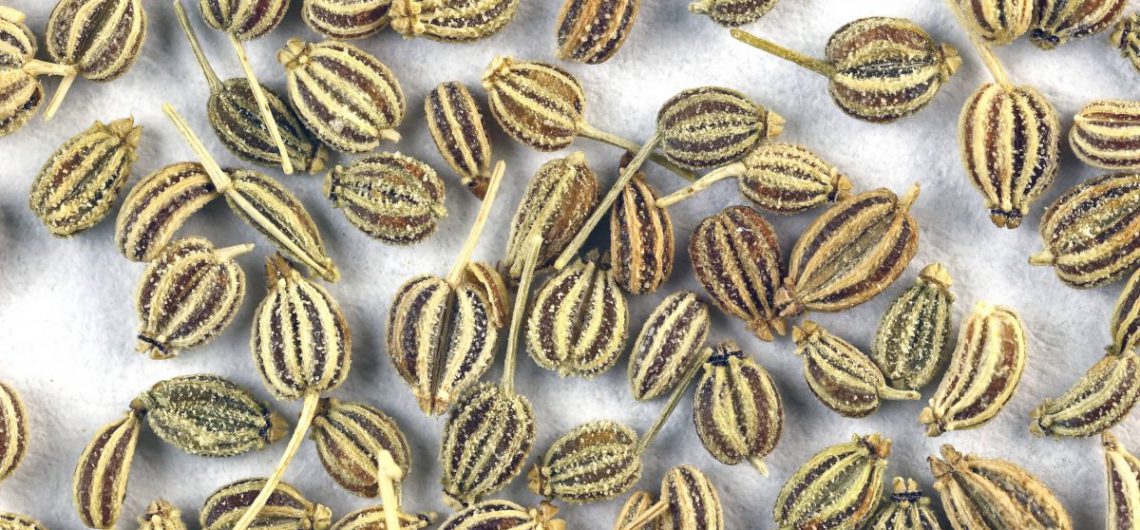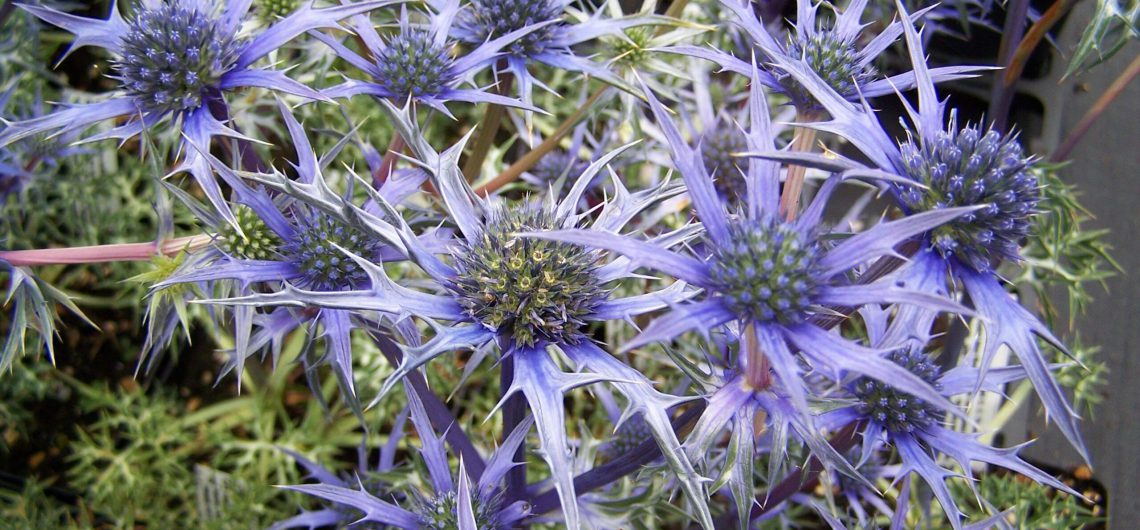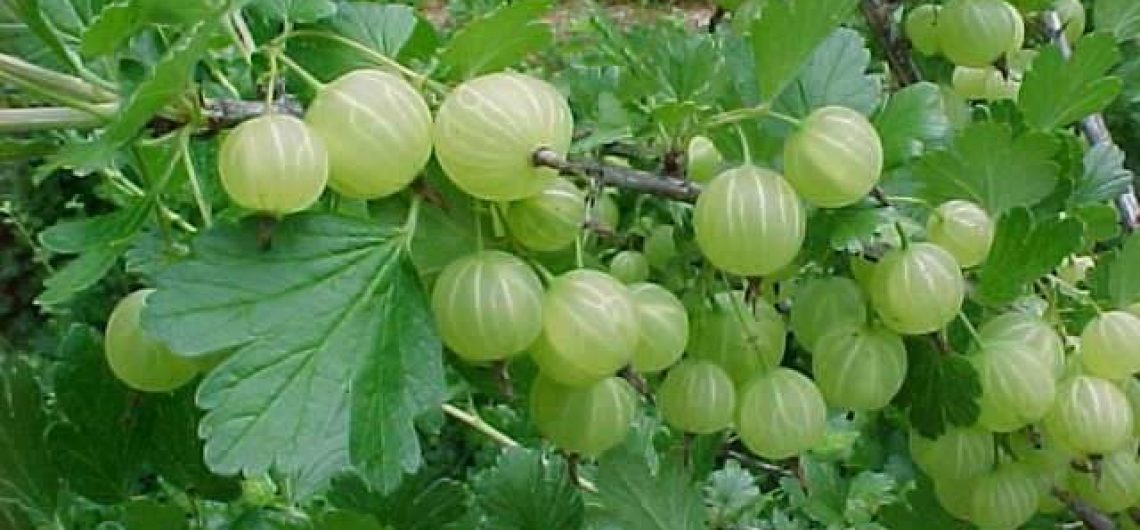Esparzeh with the scientific name of Plantago psyllium or Plantago ovata forsk is one of the plant and in Iran that grows especially in the high locations over 2500 meters in the Kohgiloyeh and Boyerahmad. In the Bellucci language, this plant calls Danychk. Esparzeh grows in abundance in Baluchistan of Iran and Pakistan. Baluch people for the elimination of diarrhea mixing the seeds of Esparzeh with Yogurt give to the sick person that it has many properties and it is effective.
This plant is an annual herbaceous one without any stem or with very short stems and narrow leaves, sharp and long with three nervures that they are wide in the whole of leaf length. The small flowers of that are in the shape of cylindrical spikes or almost in the circle shape with the length of 5/1-3 centimeters. They appear in the top of the peduncles and they contain brown to yellow colour seeds.

The height of Esparzeh is from 10-35 centimeters. Fruit of that is glume, flourishes, with two homes and contents usually small seed, they are slippery and has brown colour in every home. This plant is in the automatic shape and it is on dry grass. Pastures, abandoned fields, grasslands, near the roads and rivers and bayer deserts has been seeing.
In the time of growing it needs more cold and dry weather, but during the time of completing the seed and harvest it needs hot, sunny, dry weather. Planting to harvesting increasing by the seed and in the hermetic sandy earth, plowed and free of weeds is done. For doing this job first they make the grooves with the depth of 4-5 centimeters and 60 centimeters distance from each other in the earth. Then they planted seeds in the grooves during the spring and also then gently roller on the land until thin soil covers them. Usually after seeds development and finding young plants the people make the distance between them more and more until every foundation has 10-15 centimeters distance with the other one. The need seeds are about 5-7 kilograms in every hectare. The time of germination is during 7-10 days. The plant needs water in the average shape. 5-6 days of irrigation is enough to base on the roots of the plant. The second time of irrigation must be done base on the 10-15 days pause. The dietary need of the plant is very low.
50-70 kilograms of fertilizer in hectare from the end in two turns is enough for the plant.
60 days after planting seeds it will come to have flowers and 8-17 days after that, it is preparing for harvesting. When the spike come to be Auburn and the bottom leaves come to be dry and fall down and the top leaves come to be brown is the time of harvesting.
Combination and effect
Esparzeh has Gallic acid, Tannic and also Glycoside with the name of Aucubine in different parts and plenty of enamels in the way that the outer shell will swell when the seed locating in the water and after tearing enamels coming out of it. Water absorbent material is about 30 percents of seeds coat. After soak and absorption of the water it will give enamels, then Esparzeh seeds imbued with water it will inflate 10 times more and come to be in enameled shape.

Morphology
Esparzeh is a one-year gramineous plant with the height of 10-35 centimeters.
The leaves of Esparzeh are narrow, elongated, sharp and complex in a mutual status or triplex on the stem. The flowers of that are in the complex shape near the leaves along the end of the stem appear in the high base in the spike shape.
The Esparzeh fruit has one small seed slippery and in the brown colour.
Properties and Applications
Esparzeh has some kinds of benefits as follow:
- Firming Abdomen
- Anti-ulcer stomach and intestines
- Anti-heat and thirst
- Anti-diarrhea and dysentery
- Anti- chest bleeding
- Anti-fever and chills
- Invigorate
Pour Esparzeh in the water and let it remain in this way. Drink this soluble instead of water when you are thirsty. If you have permanent sipping drink of that, it will fix the hoarseness that was from heat and warm. This plant is beneficial in the time for reducing pain, relieves itching and cut hemorrhoids bleedings. Paste Esparzeh with Jujube in the water and drink it in the morning in the fast mood before breakfast. Wash the body with the water of that it will resolve to itch. Drink brewed water of that it is the diuretic.
Pour 20 grams of that in the glass of boiling water and repeat it for four days. It is excretion of Gallstone. It has many benefits for opening appetite also.
Pour one tablespoon of that every day (morning, noon, night) in the cup of boiling water then make it sweet with rock candy and then drink it. It will cure long and chronic diarrhea. Permanently pulleys the mucilage in the throat. Drink it in a sipping way. It will treat throat ache. If you remain it in your mouth it will cure mouth sores. Flail Esparzeh then make the dough of it with vinegar. Consume it as poultice at night in the place of the wound. It will treat Wayfarer.



